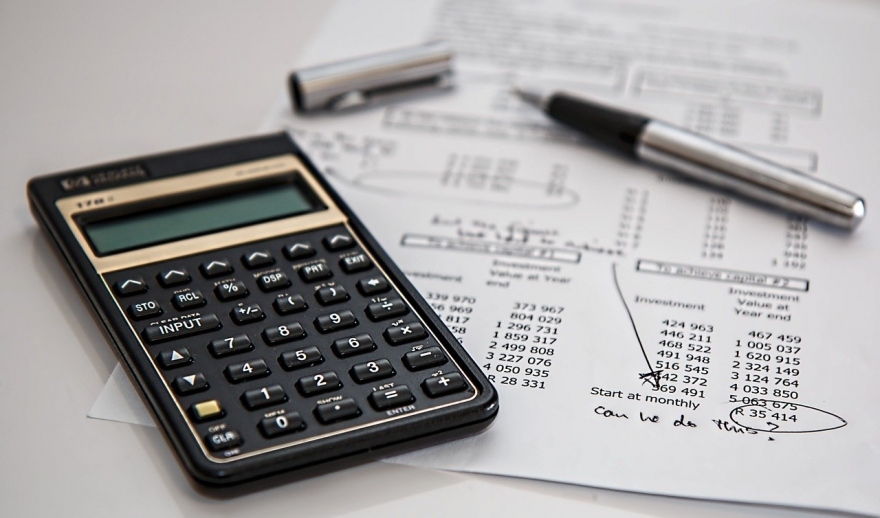Written by Steve Cook Posted On Sunday, 16 August 2020 05:00
Whoever said timing is everything sure doesn’t run the Federal Housing Finance Agency, the folks who oversee Fannie Mae and Freddie Mac.
Beginning this month, the seven million homeowners who put their homes in forbearance last spring will have to decide whether to remain in forbearance for another six months. By doing so, they could accrue an additional six months of mortgage debt that they will have to repay. If they leave forbearance, they must make their monthly mortgage payments plus repay the six months’ worth of payments they missed. Should they leave now, they could face this miserable economy with a much better chance of losing their home through foreclosure or be forced to sell their home and return to renting. (See “Pay me now or pay me later”}
Rates are lower now than six months ago
Refinancing may be the perfect solution for these hurting homeowners.
With rates at record low rates below 3.00 percent for the first time in decades, homeowners with good credit, decent income, and some equity in their homes might be able to pay off what they owe. They might be able to create a fresh start for themselves by refinancing their mortgages. They cannot refinance as long as they are in forbearance.
At 3.00 percent, a homeowner refinancing a $200,000 mortgage would pay $843 a month today, monthly payment $53 lower than the $893 they would pay if they refinanced in late March when homeowners suffering financially from the pandemic could first apply for forbearance. These super low rates ignited a refinancing boom and are probably the reason that some 2 million struggling owners chose to leave forbearance early over the past five months.
With the deadline on forbearance just days away for many homeowners, Mark Calabria, the head of FHFA, suddenly announced last week that a new adverse-market refinance fee of 0.5 percent would go into effect September 1. The Mortgage Bankers Association estimated the “market fee” could effectively raise costs for the average consumer looking to refinance by $1,400.
Showing the proverbial middle finger
Within hours, the housing industry erupted in anger. Twenty housing organizations, including the National Association of Realtors and the National Association of Home Builders, urged Calabria to change his mind.
• “Since the onset of COVID-19, and
despite heroic efforts by the Fed and Congress with the most
extraordinary intervention, the FHFA has simply shown the proverbial
middle finger to the housing finance system, to consumers, and
especially to nonbank lenders who have been critical to credit
availability in creating homeownership, wrote former FHA Commissioner Dave Stevens,
•
“The cost of the Calabria Refinance Tax will fall most heavily on
low-income households, which tend to see inferior execution in good
times but suffer the most when issuers are making choices about which
loans to close and which loans to discard. That is the true cost of the
Calabria Tax on mortgage refinance,” wrote Christopher Whalen, chairman of Whalen Global Advisors, in National Mortgage News.
• “Rates are higher for refinances,” noted Matthew Graham, COO of Mortgage News Daily, quoted on CNBC.
“FHFA sees that and concludes lenders have money to give on refis. It’s
a tax based on jealousy, greed, and probably more than a little bit of
disdain.”
The White House is Reviewing it
Calabria’s fee was not only poorly timed for hurting homeowners who are struggling to refinance during the pandemic, but it also raised eyebrows at the Trump White House as the November elections near.
“The White House has serious concerns with this action, and is reviewing it,” a senior White House official said in a written statement. “It appears only to help Fannie and Freddie and not the American consumer,” reported the Wall Street Journal last Friday.

No comments:
Post a Comment